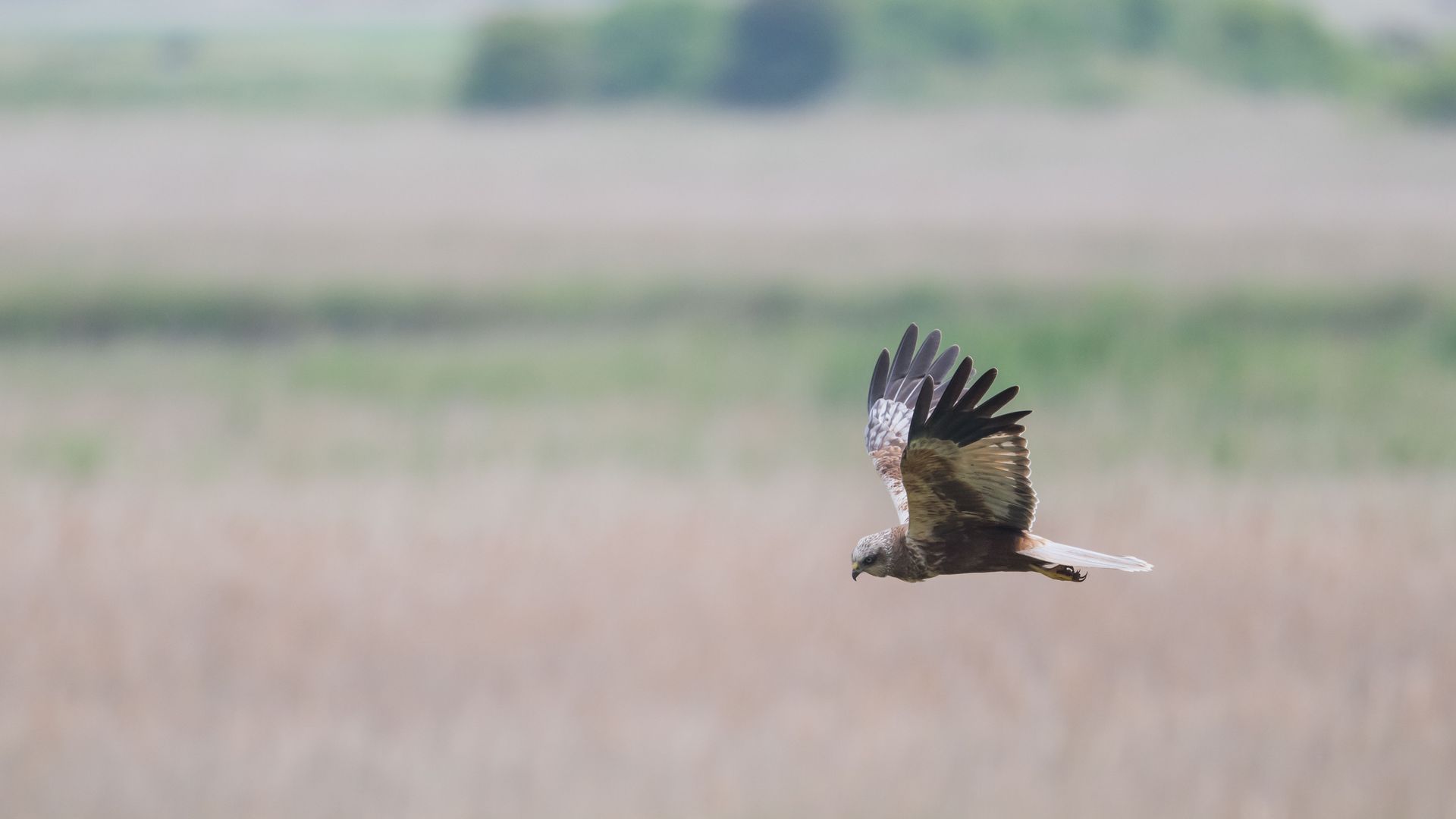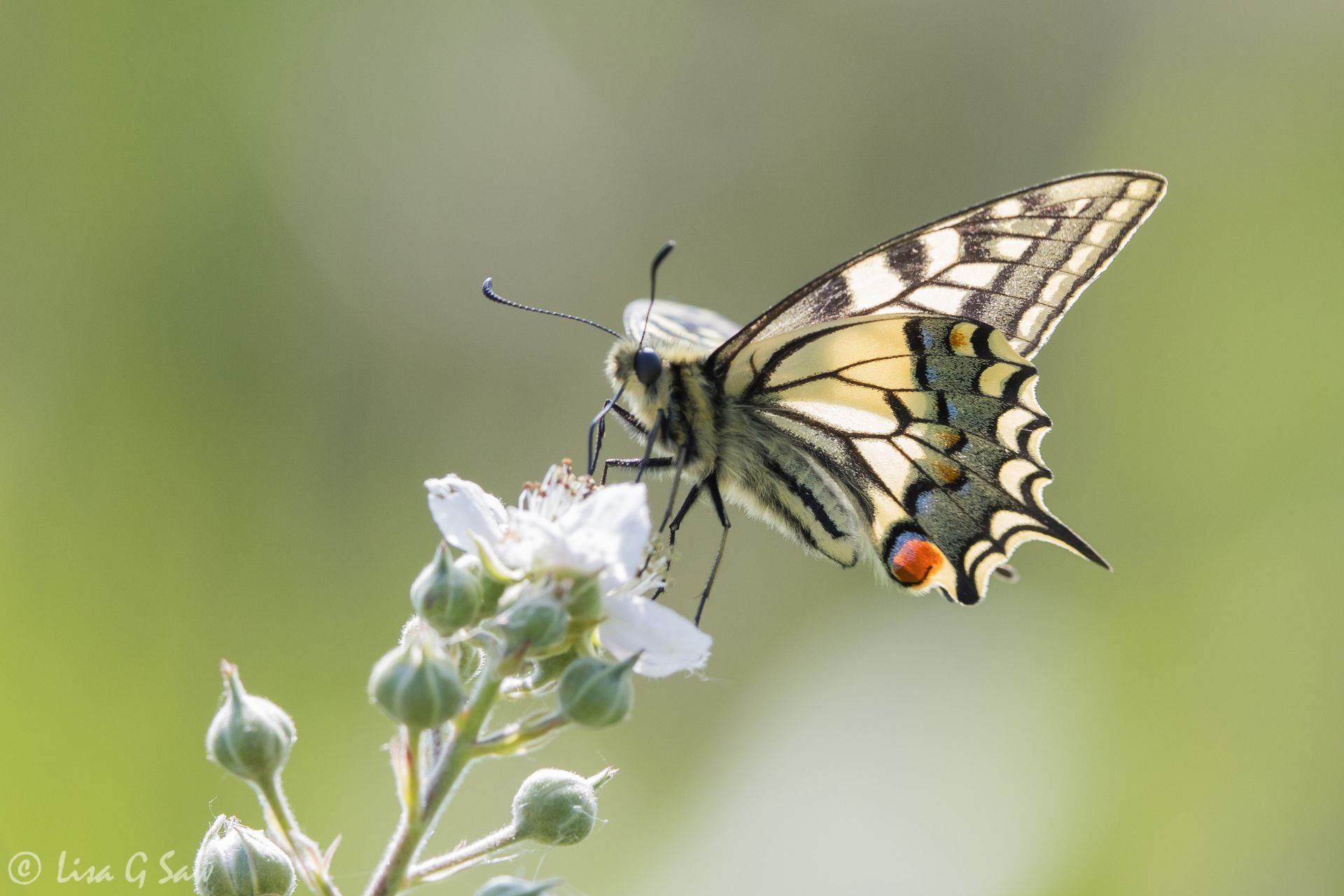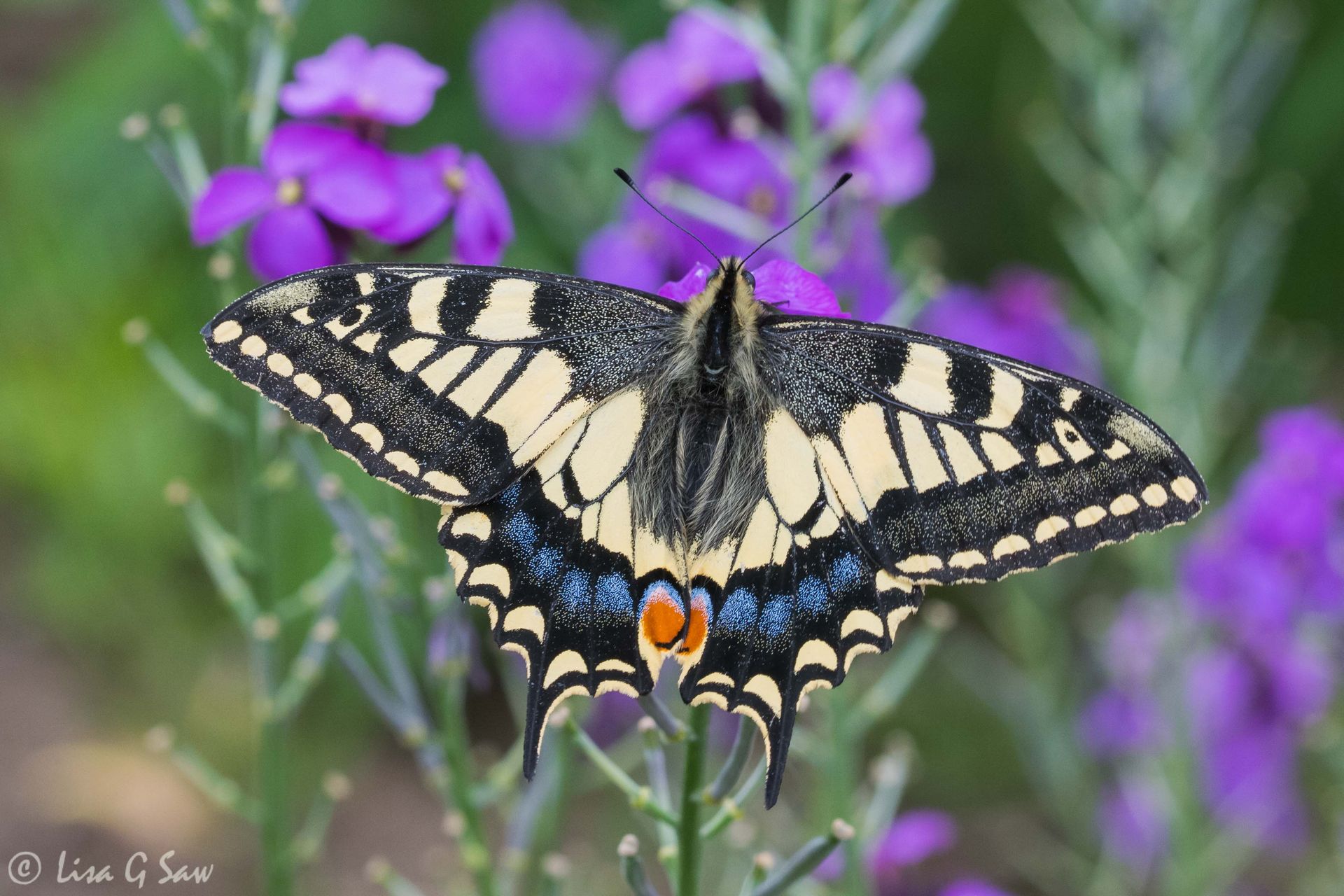Woods Mill Pond
Mindfulness is the practice of purposely focusing your attention on the present moment. It’s about being aware, calmly acknowledging and accepting feelings, thoughts, bodily sensations and the surrounding environment. There’s no judgement. The idea is to merely witness your own experience. The reason why so many people do it, is because of the potential health benefits, such as reducing stress and improving overall happiness and wellbeing.
For about 15 minutes I enjoyed a mindfulness moment beside the pond at Woods Mill on a summer’s day. Mostly I sat, but occasionally I stood up to see things from a different perspective. I was truly submerged in the moment. No camera or binoculars were in hand. I didn’t even worry about identifying exactly what I was seeing. I just enjoyed the simple pleasure of noticing. Being aware.
It was mostly overcast, but warm – hot even, when the sun periodically broke through the cloud. There was a lovely gentle breeze cooling my skin. I noticed a large white seed head softly float down towards the water, then suddenly, it was scooped back up again in the wind. For a fleeting moment, I was fooled into thinking it was alive - an insect.
There was so much activity on and around the pond, and I daresay inside it too. The water level was noticeably low. The bases of the tall reeds and other vegetation around the edges were exposed. A lot of flies were close to surface of the water near me. I even saw a wasp on the water, or maybe it was a hornet – it was quite large. A pair of blue damselflies were mating, a small red dragonfly hovered close by and a much larger one patrolled the pond with wings that shimmered gold in the light.
I didn’t notice the female Mallard at first, having a snooze amongst some of the vegetation. Then I noticed a solitary duckling nearby fast asleep, even more obscured. A family of Moorhens made their way across the water feeding on whatever they could find. “Peeps!” were heard sporadically from the chicks – gorgeous little bundles of black fluff. One took a little dip in the water, shook itself and then repeated the process a few more times. I watched another scratching itself whilst standing on a large floating leaf. The chick was so light the leaf barely dipped under its weight. A Red Admiral came into view just near me and a Large White butterfly was on the wing at the end of the pond. A Heron flew past overhead. I barely noticed the sound of a plane in the distance or the occasional car driving down the road. There were hardly any people. Just me, immersed in nature. Simply blissful!
My heart rate slowed down. I was so relaxed – very deeply relaxed. It’s hard to put into words exactly how I felt. It was like a very soft vibrating energy from inside the body that allowed the peace and calm to expand and reach my extremities, almost creating a tingling sensation. As far as mindfulness moments go, it was pretty fantastic! Simple. Effortless. Enjoyable. I look forward to the next time, somewhere else. I can’t recommend the experience highly enough.



